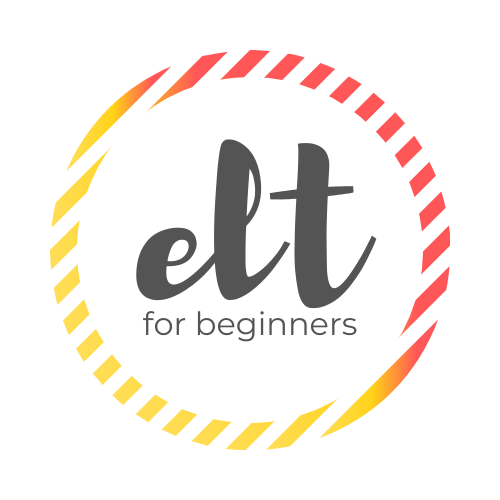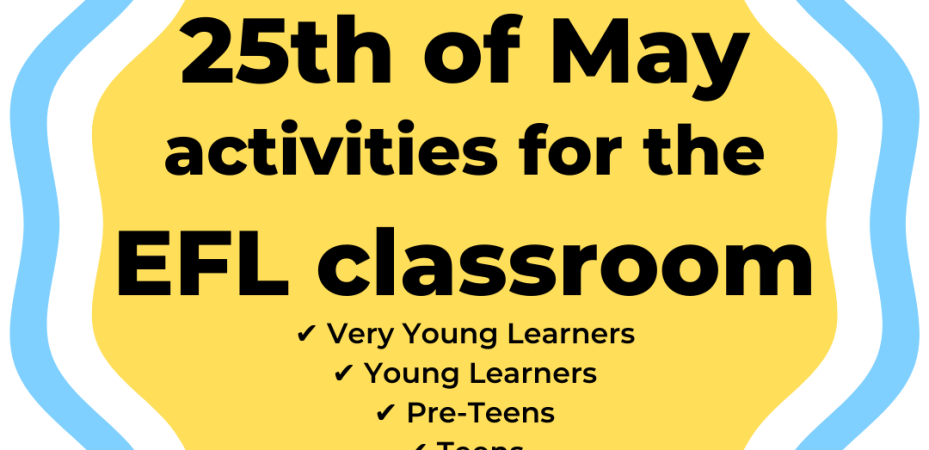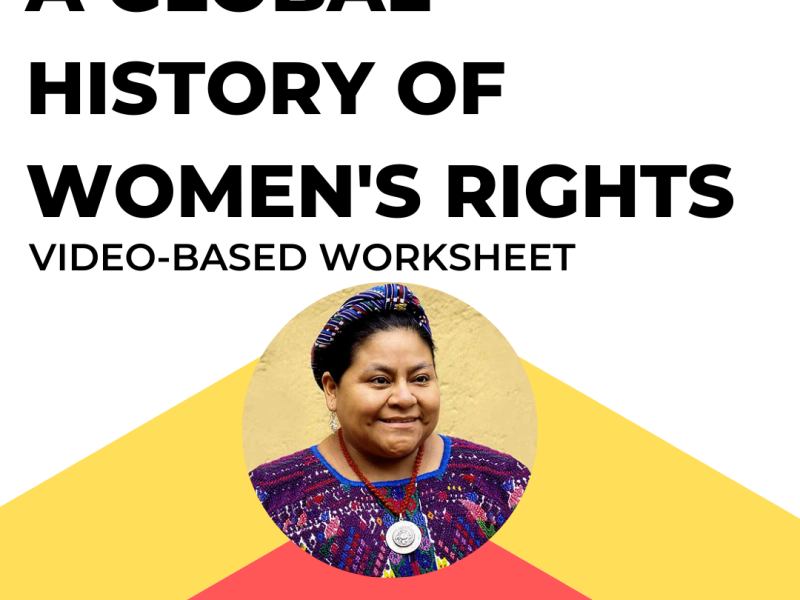For years English Language Teachers in Argentina have incorporated special dates such as the 25th May in the EFL classrooms. Even though we are in lockdown, you and your students can still do something related to the May Day Revolution. Let’s get started.

Colour Dictation
Are you teaching kids? Well, this is a very useful and fun activity to work with them. First, find drawings of mazamorreras, washerwomen, milkman, candle sellers, priests, etc. Send them to your students. During a live lesson, you can ask your students to have colour pencils at hand and the drawings you sent. You can start by introducing each character and then move on to the dictation. For example:
Colour the pants green.
Colour the shirts yellow.
Another alternative is to send the pictures and below each of them, you write the name. You can do the dictation part by sending an audio message. At the beginning of your following lesson, they can show you what they have done.
To make it a bit more fun and productive, they can choose one character and give it a name, a family, some hobbies. They can write a description of what they think their routine is, what they like or don’t like, or how they feel about the Revolution or what they think they will do after it.

Bingo
For this activity, you need to prepare bingo cards and a text which talks about the topic (click here for a bingo generator and here and here for some useful websites). This is pretty simple: you have to read aloud the text you have chosen. Your students need to listen carefully and cross-out the words they have heard. The words you choose have to be related to the topic, for example, revolution, May, Spain, slaves, market, parties, etc.
If you want to extend this activity, you can ask your students to write down sentences using some of the words they have crossed out. For example:
Slaves did not have rights.
The creole organized many parties.
To make it more learner-centered, instead of you being the one who reads, you can choose one student to read aloud.
Patriotic Colour by Number
Ideal for kindergartener and primary students, you just need drawings of important characters. You choose which colours you want them to use and give each colour a number. After that, you have to write down the numbers on the drawing. Your students can read the numbers and the colours assigned and colour the picture. If they are VYL, you will have to dictate the which number goes with which colour and this can be done either live during a lesson (which I don’t recommend for VYL) or you can send and audio and they listen to it at home.
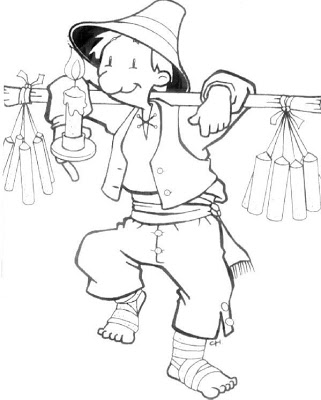
Researching and Recording
This will be great for secondary school students who have at least a pre-intermediate level of English. If it’s a large class you, you can ask them to work in small groups. Each group will be responsible for researching topics such as life in the city, transport, religious life, means of transport or communication, jobs, etc.
After that, they have to record themselves explaining what they have found. They can share their videos or audios with the rest of the students and discuss how different life is now.
You can add some challenge by asking each group to prepare a short quiz about their topic and then share it with the class at the end of the presentation. This can make the lesson a bit more fun and you also give the listeners a reason for listening.
Picture Description
This is something most teachers do in our lessons. Choose some pictures related to the topic and ask students to describe it. To make it more challenging, you can give a time limit (and this will be pretty useful if you have large classes and you cannot be listening to a 3-minute audio message from every student). To encourage learner autonomy, your students could be the ones responsible for finding pictures. Additionally, instead of you assigning the pictures, you can ask your student to assign them to their classmates.
If your student has a good level of English, peer correction is suggested. Yet, this depends on your group and the relationships between the members of it.
For lower levels, the pictures should be chosen by the teacher and some input and examples ought to be provided. You can even make it simpler by choosing portraits or paintings of famous people and asking them to describe their physical appearance.

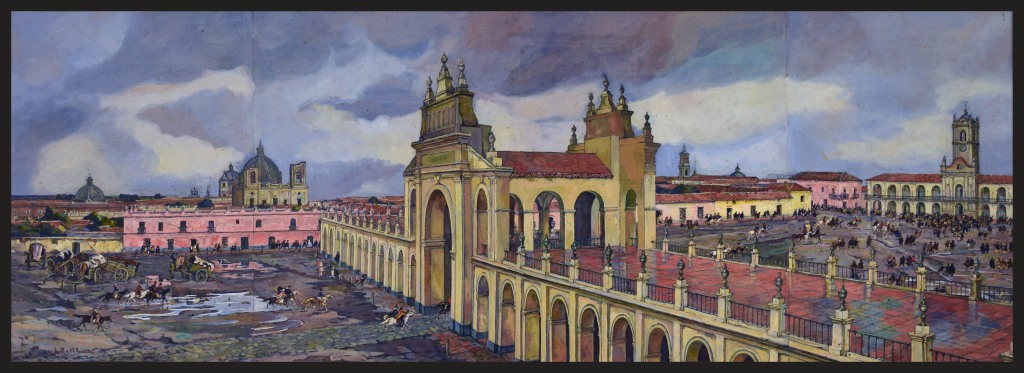
Facebook Profiles
Using a Facebook profile generator website, your students can choose (or you can assign them) a famous person from that period. They have to investigate who the person is and a bit about their lives. Then, they can create a fake Facebook profile using the information they have found. They can write about the person’s daily routine or their thoughts on the revolution or what they think will happen after it.
Twitter Threads
This will work well with secondary school students. They have to describe the week-long series of events in less than 140 characters. There can even describe these events from the perspective of a slave, a Spanish person, an aborigine, a priest, etc. There are several Fake Twitter generators online so don’t worry about your students creating an account.
Mind Map
Have you ever wondered what would have happened if the May Revolution hadn’t taken place? Well, you can talk about this with your students. They will have to use the third conditional in a meaningful way to express their thoughts on this. To make this activity a collaborative one, you can create a PowerPoint presentation using Google Drive with a simple structure of a mind map and share the link with your students. You can complete it while teaching live or they can do it at home. The good thing is that you can see who has participated!
To make it a bit more engaging, this mind map can spark some discussion during lessons. Some students can take the role of a Spanish person and the other one can be in favour of the Revolution. They can discuss
the advantages and disadvantages of the Revolution. They can use the ideas on the mind map to support their views.
22nd May Invitation to the Open Cabildo
Using Canva, your students can create their invitations to the Open Cabildo. They can add information such as the date, place and time, the reason behind the meeting, and things you have to bring to the meeting, as well as some prohibitions (do not bring food, for example). They can be as creative as they want and they can share their creations with their class.

Traditional Food: A Recipe
A very simple and fun activity for primary and secondary school students! They choose one traditional dish, get the ingredients, and then film the process! They can describe what they are doing while they are doing it but if they are not confident enough, they can record themselves first and then add the audio using apps such as InShot or FilmoraGo.
Another alternative is to write down the recipe in English and then share it with the class.

Over to you!
Which of these activities do you think will work best in your classroom? Have you tried any of them before? I would love to know what you do on special dates like this one.
